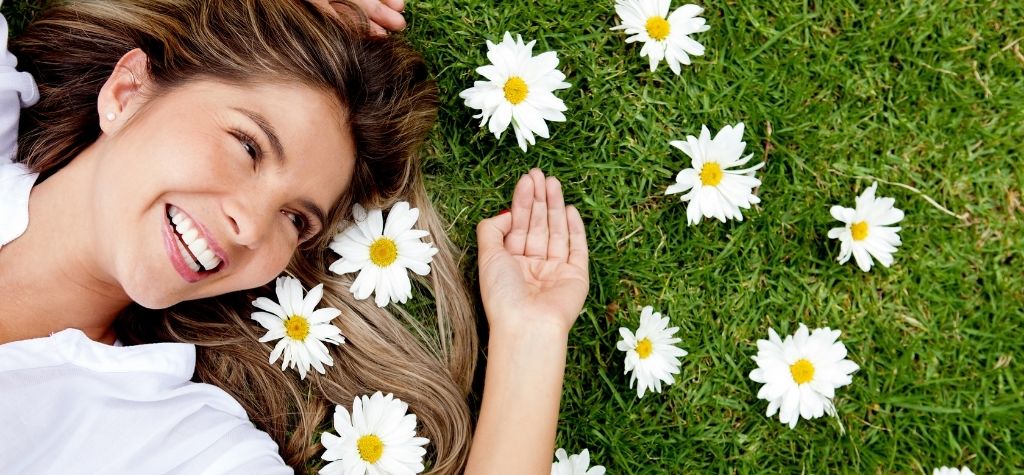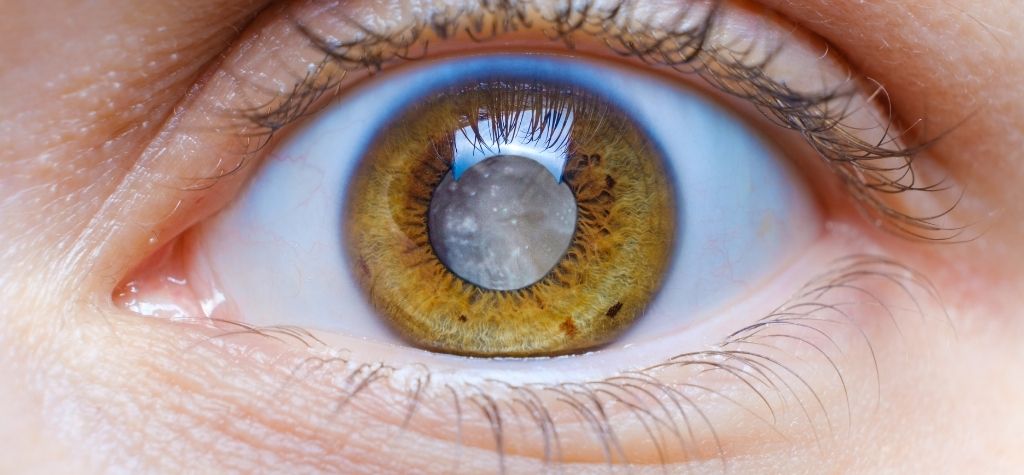Spring brings blooming flowers, longer days, and warmer weather—but it also comes with hidden eye health challenges. Many people experience itchy, dry, or tired eyes during this season without realizing that spring-specific factors could be the cause.
Here are seven surprising spring eye problems you might not even know you have—and how to prevent them!
How Spring Affects Eye Health

Springtime environmental changes can have a significant impact on eye comfort and vision. Some of the main factors include:
- Increased pollen levels – Triggers eye allergies, redness, and irritation.
- More UV exposure – Longer daylight hours increase the risk of sun damage.
- Spring winds – Dry, breezy air can cause dry eyes and irritation.
- Screen fatigue – More time indoors during allergy season leads to increased digital eye strain.
Understanding these seasonal effects can help you protect your vision and reduce discomfort.
1. Seasonal Allergic Conjunctivitis (Spring Eye Allergies)
Spring allergies don’t just cause sneezing and congestion—they can also affect your eyes. Seasonal allergic conjunctivitis is caused by pollen, leading to:
- Red, itchy, and watery eyes
- Swollen eyelids
- Increased sensitivity to light
How to Reduce Allergy-Related Eye Irritation
✔ Wear wraparound sunglasses to block airborne allergens.
✔ Use allergy-friendly eye drops like antihistamine or lubricating drops.
✔ Wash your face and hands regularly to remove pollen.
✔ Avoid rubbing your eyes, as this can worsen irritation.
If symptoms persist, consult an eye doctor for prescription allergy relief.
2. Dry Eye Syndrome Due to Spring Winds
Springtime winds can increase tear evaporation, leading to dry, scratchy eyes. If you notice:
- Burning or stinging sensations
- Grittiness or foreign body sensation
- Excessive tearing (a reaction to dryness)
…you may be experiencing seasonal dry eye syndrome.
How to Relieve Dry Eyes in Spring
✔ Use lubricating eye drops to keep your eyes hydrated.
✔ Avoid direct wind exposure—wear sunglasses when outdoors.
✔ Stay hydrated to maintain natural tear production.
If dryness becomes chronic, consult an eye specialist for advanced treatment options.
3. UV-Related Eye Damage from Longer Sun Exposure

With longer daylight hours, people spend more time outdoors, exposing their eyes to harmful UV rays. This can lead to:
- Photokeratitis (sunburn of the eyes)
- Increased risk of cataracts and macular degeneration
- Squinting, eye strain, and discomfort
How to Protect Your Eyes from UV Damage
✔ Wear 100% UV-blocking sunglasses or polarized lenses.
✔ Avoid direct sun exposure during peak hours (10 AM – 4 PM).
✔ Consider transition lenses that darken in sunlight.
Protecting your eyes from UV rays now can prevent long-term vision problems.
4. Digital Eye Strain from Increased Indoor Screen Time
Spring allergies force many people to stay indoors, leading to more screen time and digital eye strain. Common symptoms include:
- Blurry vision after prolonged screen use
- Headaches and eye discomfort
- Difficulty focusing between near and far objects
How to Reduce Springtime Screen Fatigue
✔ Follow the 20-20-20 rule—every 20 minutes, look 20 feet away for 20 seconds.
✔ Use blue light filtering glasses to reduce eye strain.
✔ Adjust screen brightness and text size for better comfort.
Taking frequent breaks can help keep your eyes fresh and focused.
5. Contact Lens Irritation from Allergens
If you wear contact lenses, pollen and dust can stick to the lens surface, leading to:
- Redness and discomfort
- Dryness or excessive tearing
- Blurry vision
How to Keep Contact Lenses Comfortable in Spring
✔ Switch to daily disposable contacts to prevent pollen buildup.
✔ Use preservative-free artificial tears for extra moisture.
✔ Consider wearing glasses on high-pollen days.
If irritation persists, talk to your eye doctor about allergy-friendly contact lenses.
6. Eye Fatigue from Sudden Seasonal Changes

The change in daylight hours during spring can disrupt sleep cycles, leading to:
- Tired, strained eyes
- Difficulty focusing
- More frequent headaches
How to Adapt to Seasonal Light Changes
✔ Maintain a consistent sleep schedule.
✔ Limit screen use before bed to avoid blue light exposure.
✔ Use eye masks or blackout curtains for better sleep quality.
Giving your eyes time to adjust will reduce seasonal eye fatigue.
7. Springtime Eye Infections from Outdoor Activities
Springtime means more outdoor sports and activities, increasing the risk of bacterial and viral eye infections.
Common infections include:
- Conjunctivitis (pink eye) from touching contaminated surfaces.
- Corneal abrasions from dust or debris.
- Swimmer’s eye from chlorine or lake water exposure.
How to Prevent Eye Infections in Spring
✔ Wash your hands frequently before touching your eyes.
✔ Avoid sharing eye makeup or towels.
✔ Wear goggles when swimming or biking to protect against dust and waterborne bacteria.
Being mindful of hygiene can help prevent seasonal eye infections.
Conclusion
Spring brings beautiful weather but also hidden eye challenges. By understanding and addressing these common seasonal eye problems, you can protect your vision and maintain eye comfort.
- Manage allergies with eye drops and sunglasses.
- Stay hydrated to prevent dry eyes.
- Protect against UV rays with proper eyewear.
- Limit screen time to reduce digital strain.
- Keep contact lenses clean and allergy-free.
Prioritizing eye care this season can help you enjoy spring without discomfort.
FAQs
1. How do I know if my eyes are affected by spring allergies?
If you experience itching, redness, and watery eyes, pollen may be the cause.
2. Can spring wind really cause dry eyes?
Yes, wind increases tear evaporation, making dryness worse.
3. What sunglasses are best for UV protection?
Look for lenses with 100% UV400 protection or polarized coatings.

